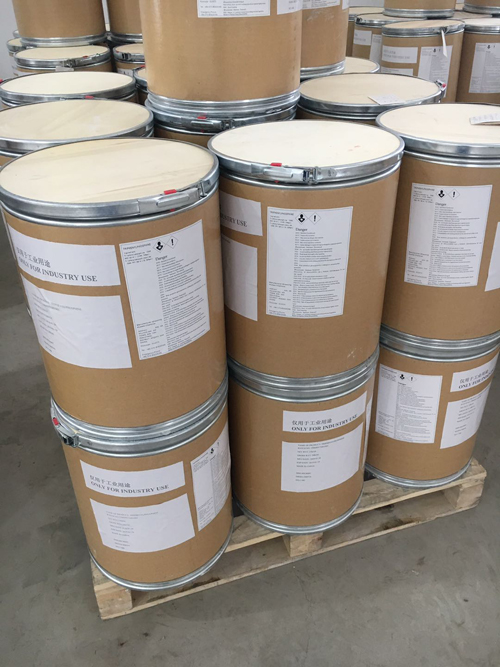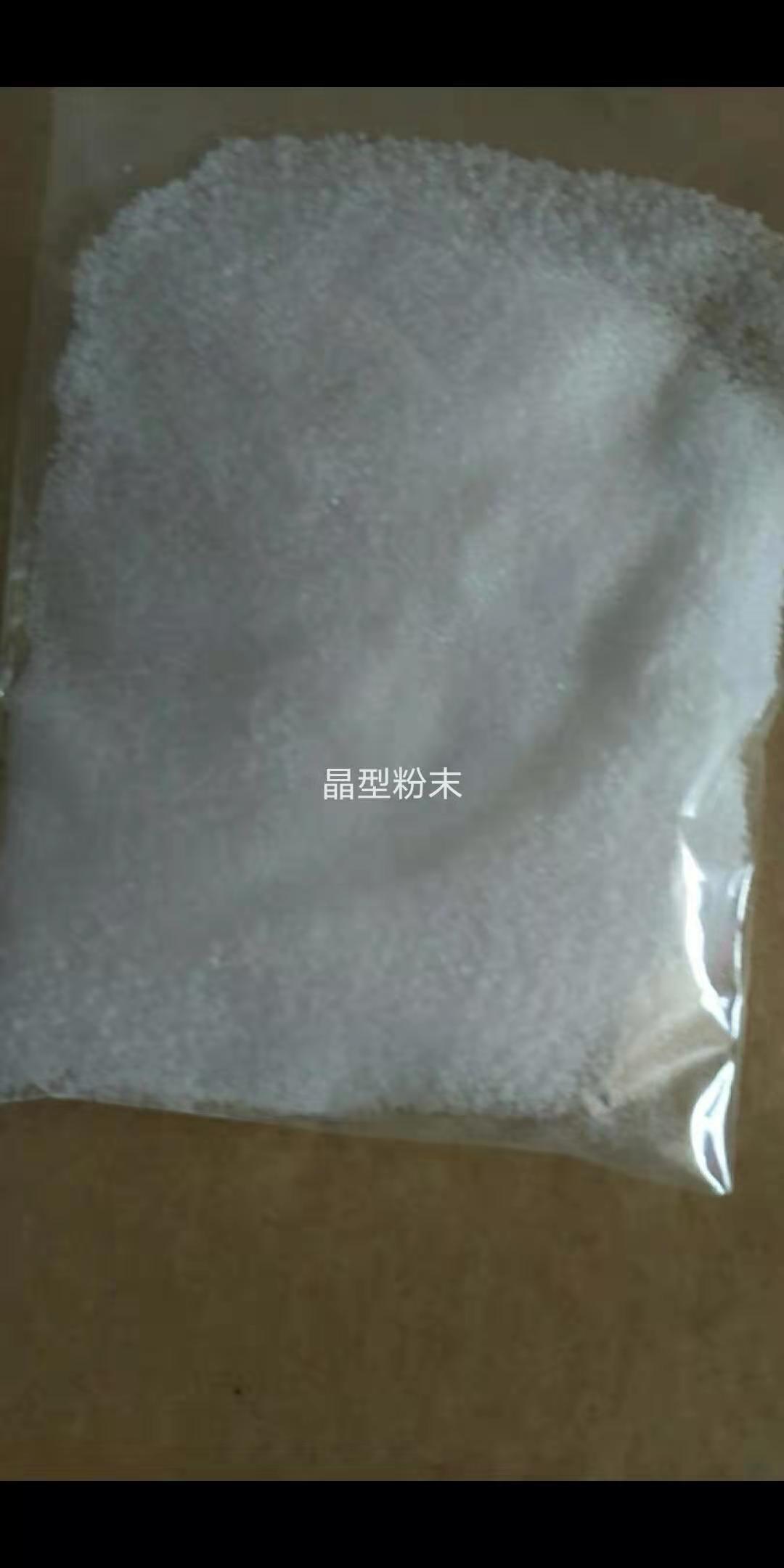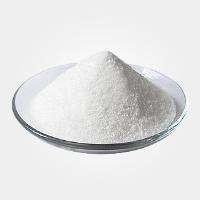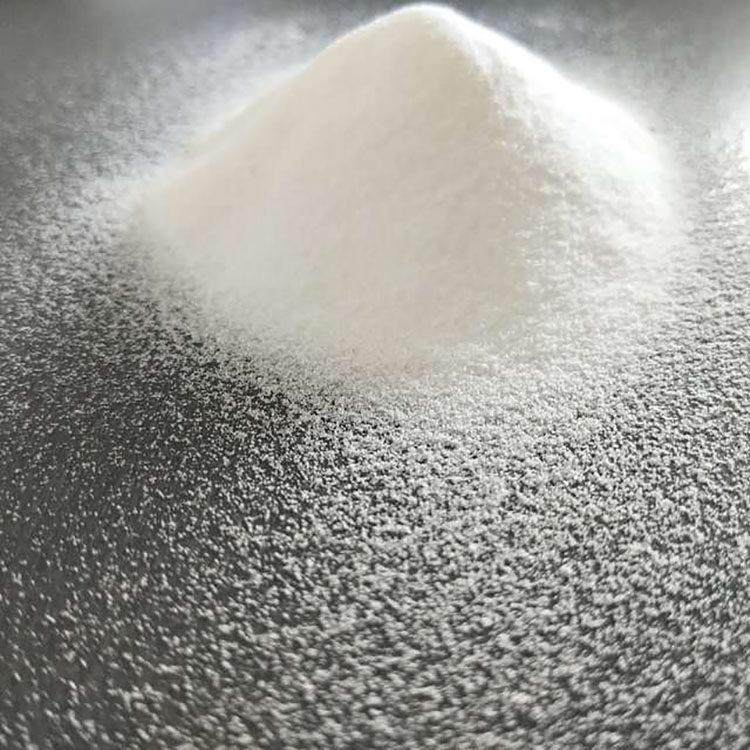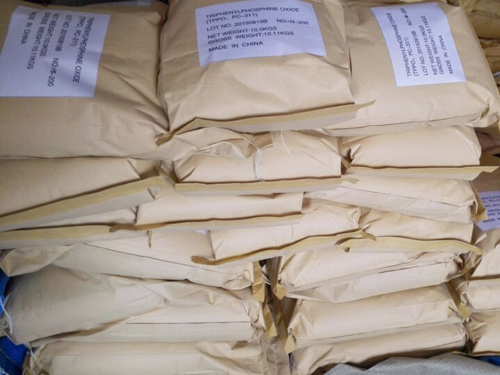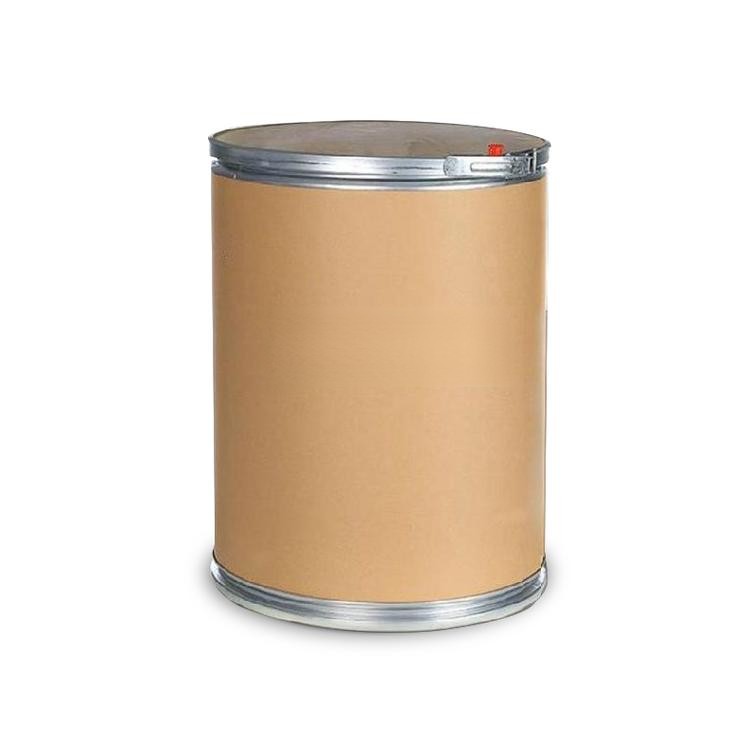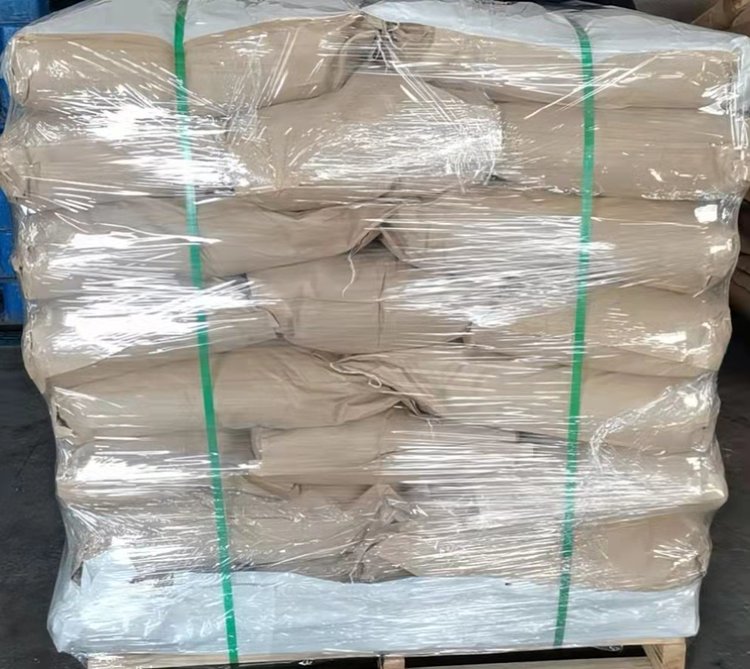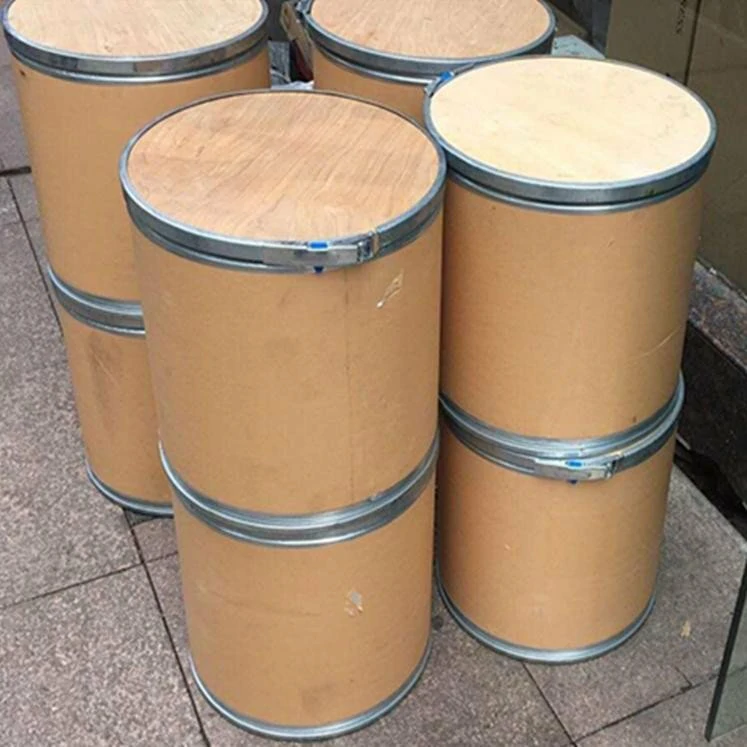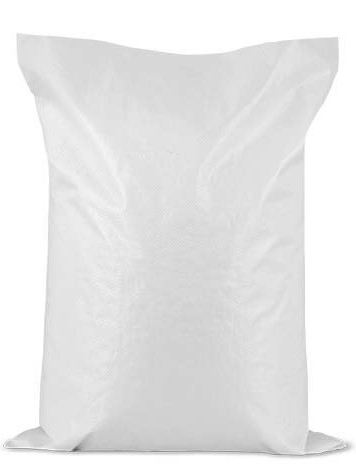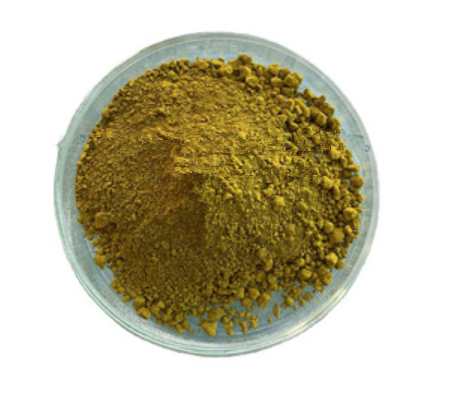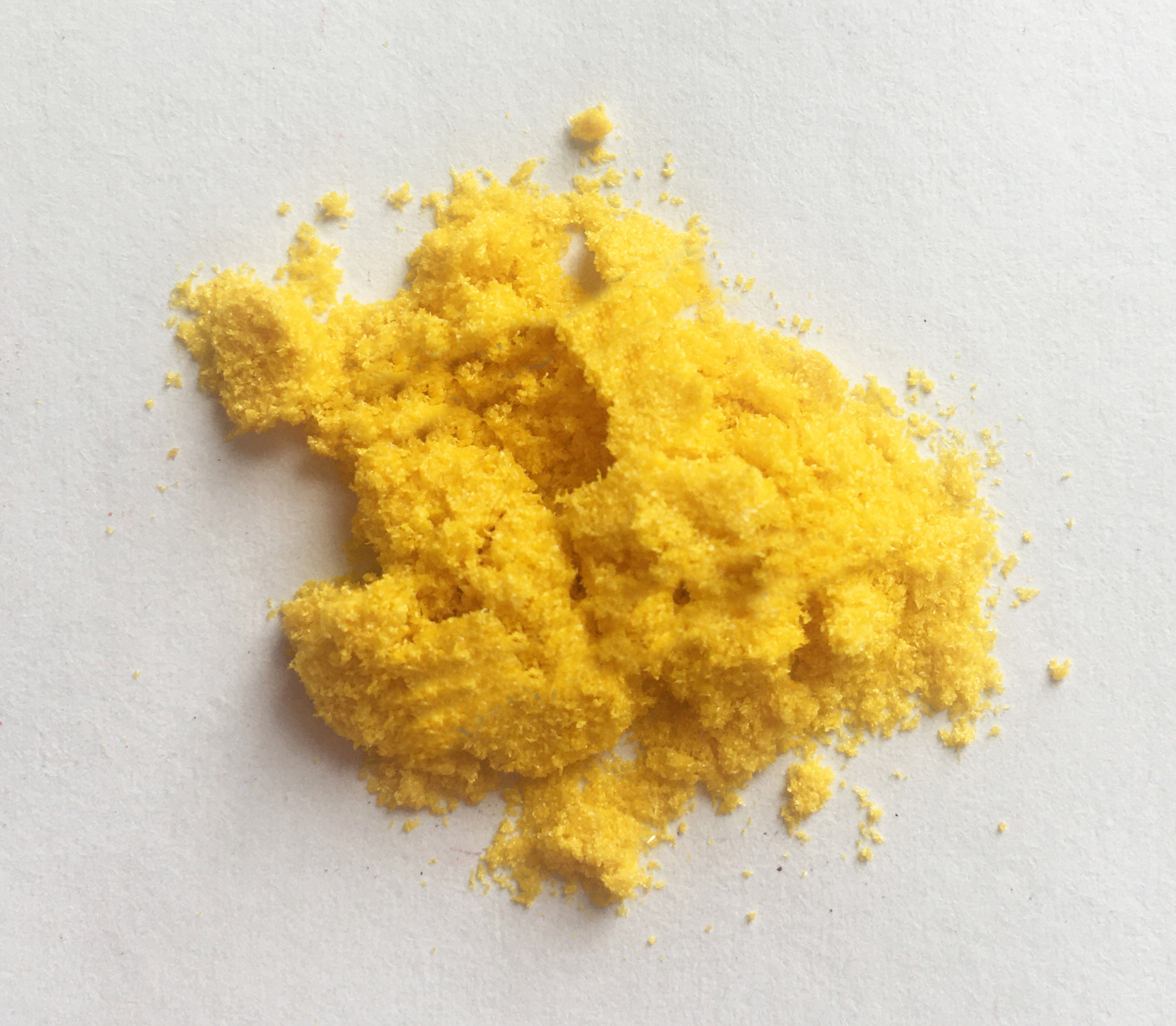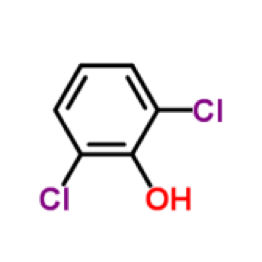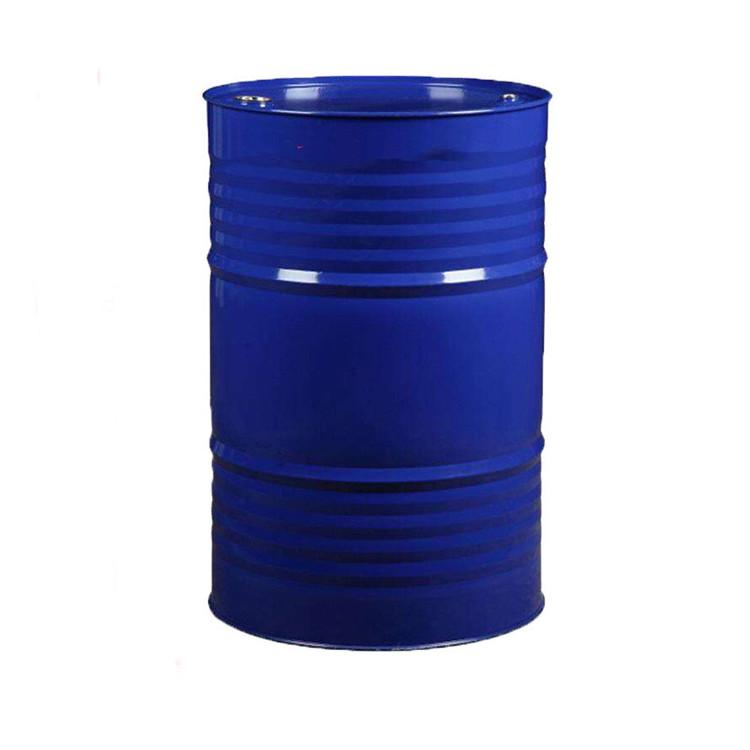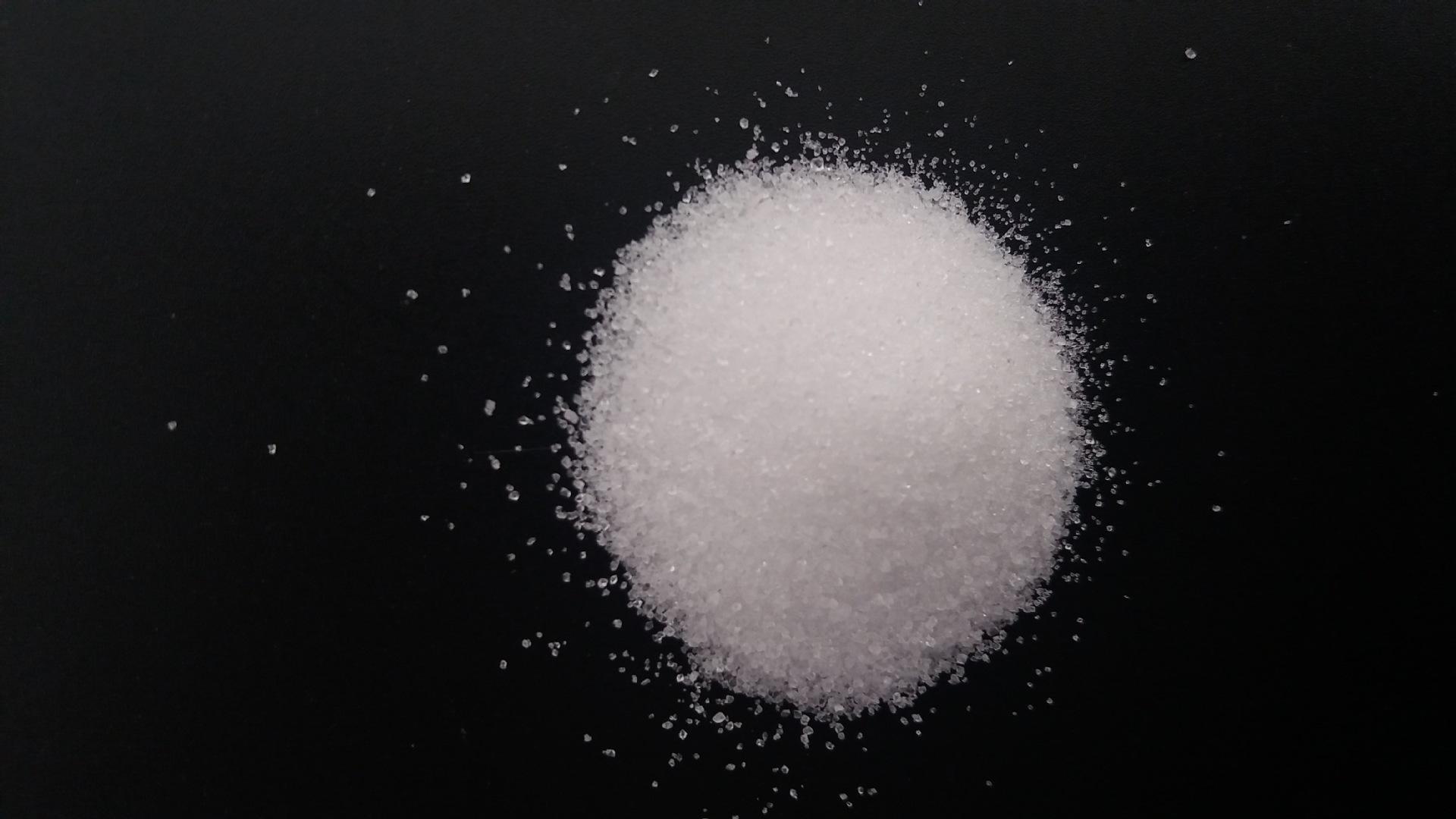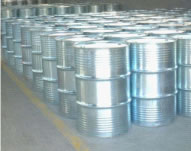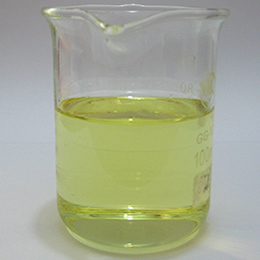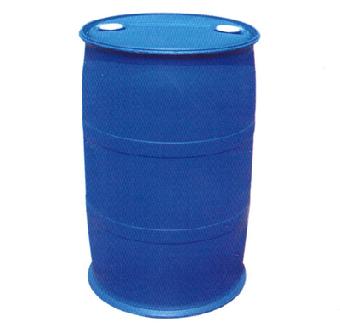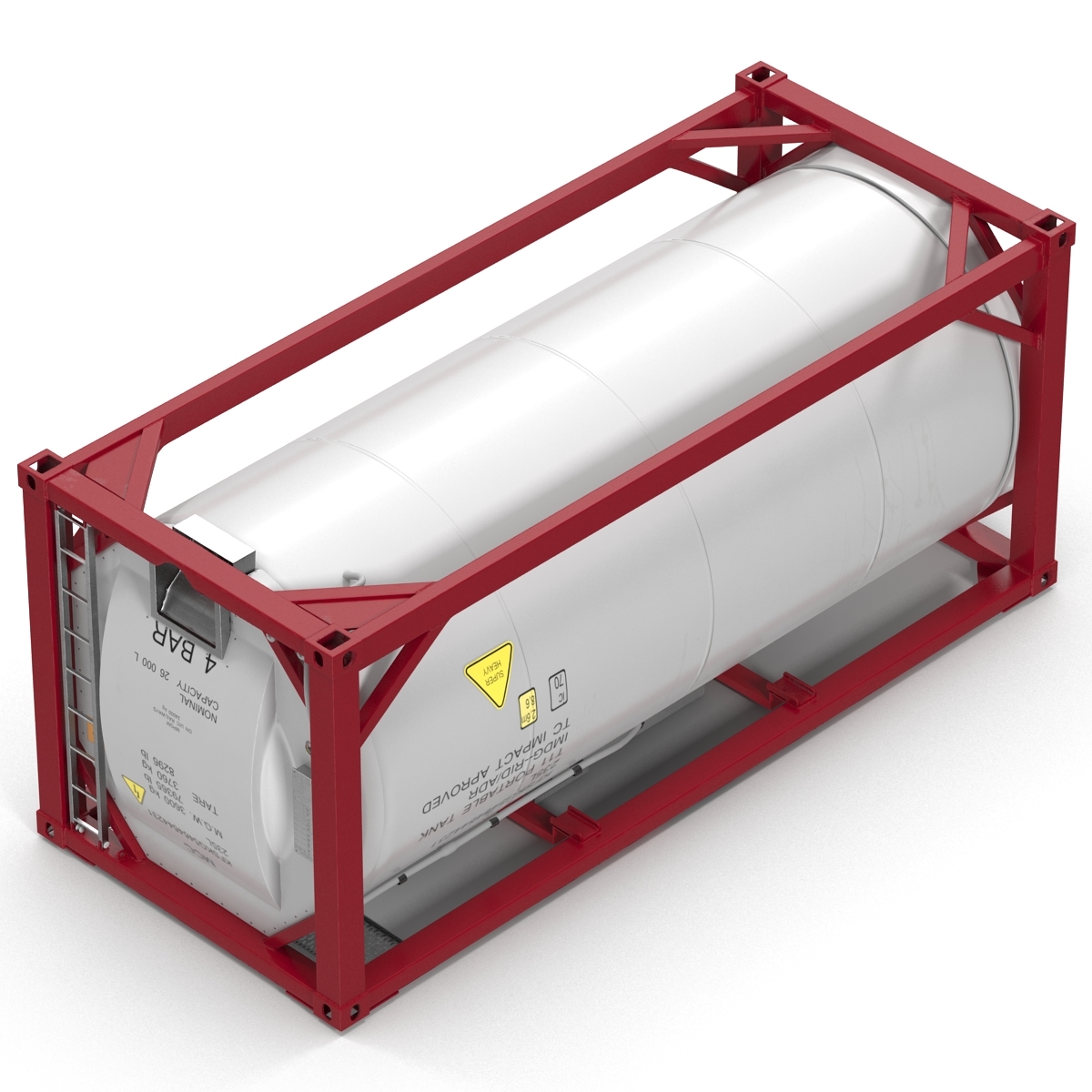Dyestuffs and Pigments
Intermediates
Cationic Dyes
Pigment Black
Sulfur Dyes
Ingrain Dyes
Others
Pigment Orange
Solvent Dyes
Pigment
Vat Dyes
Dye Intermediates
Pigment Brown
Dyestuff
Pigment Violet
Dispersive Dyes
Other Dyes
Pigment Red
Pigment Yellow
Metallic Pigment
Pigment White
Reactive Dyes
Acid Dyes
Direct Dyes
Pigment Green
Basic Dyes
Nitrogen Compounds
Pigment Blue
Pearlescent Pigment
Find
1291
related chemicals for you
CAS:603-35-0
Molecular Formula:C18H15P
Alias
More Information
PP-360; Trifenylfosfin; Triphenyphosphine; Triphenylphosphane; Trihenylphosphine; Triphenyl Phosphine; Triphenyl-Phosphin
Brief Introduction
Triphenylphosphine is the basic raw material of rhodium phosphine complex catalyst, which has wide application in domestic petrochemical industry. Triphenylphosphine is also used in pharmaceutical industry, organic synthesis, analysis and other fields. Triphenylphosphine can also be used as a brightener in dye process, an antioxidant in color film development, a stabilizer in polyepoxidation, and an analytical reagent.
Suppliers
View More Vendors (5) >
CAS:81-64-1
Molecular Formula:C14H8O4
Alias
More Information
DSD ACID;CI NO 58050; 1,4-Hydroxyanthraquinone; Dsd Acid; Chinizarin; Quinizarin; Smokeoranger; 1,4-Dihydroxy-9,10-Anthraquinone; Quinizarine
Brief Introduction
It can be used as intermediate of reducing dyes, disperse dyes and reactive dyes.
Suppliers
View More Vendors (5) >
Changzhou Sali Chemical Technology Co.,Ltd.
99% ;96%
/
-
Guizhou Jinghe Chemical Industry Co.,Ltd.
-
Tech Grade
CAS:82-34-8
Molecular Formula:C14H7NO4
Alias
More Information
9,10-Anthracenedione, 1-Nitro-; 1-Nitroanthracene-9,10-Dione
Brief Introduction
The product is a dye intermediate for the production of 1-aminoanthraquinone, 1,5-and 1,8-dinitro anthraquinone.
Suppliers
View More Vendors (5) >
CAS:87-65-0
Molecular Formula:C6H4Cl2O
Alias
More Information
2,6-Dichlor-Phenol; 2,6-Dichlorfenol; 2.6-Dichlor-1-Hydroxy-Benzol; Phenol,2,6-Dichloro
Brief Introduction
2,6-dichlorophenol is a white crystalline solid with a strong odor. Odor threshold concentration: 0.003 mg/L at 86°F; 200 µg/L at 68-72°F. Taste threshold concentration: 0.0002 mg/L. (NTP, 1992)
2,6-dichlorophenol is a dichlorophenol with the chloro substituents at positions 2 and 6.
Suppliers
View More Vendors (5) >
CAS:88-73-3
Molecular Formula:C6H4ClNO2
Alias
More Information
2-Nitrochlorobenzene; Benzene, 1-Chloro-2-Nitro-; 1-Chloro-2-Nitrobenzene; O-Chloronitrobenzene; O-Nitrochlorobenzene (ONCB); ONCB
Brief Introduction
O-nitrochlorobenzene is an important intermediate in organic synthesis, and can be derived from many intermediates. It is used in the dye industry to make yellow GC, orange GR, etc; It is used to manufacture rubber accelerators m and DM in the aspect of additives; It is used in the synthesis of vanillin in the spice industry; Pesticide industry is used to produce tobuzin, methyltobuzin and carbendazim; It is also a raw material for benzotriazole ultraviolet absorbers. It is also an important intermediate of medicine.
Suppliers
View More Vendors (5) >
Inquiry (
10
/ 10
)
Clear All
You can inquire for up to 10 products at a time
Sign In
Error!

